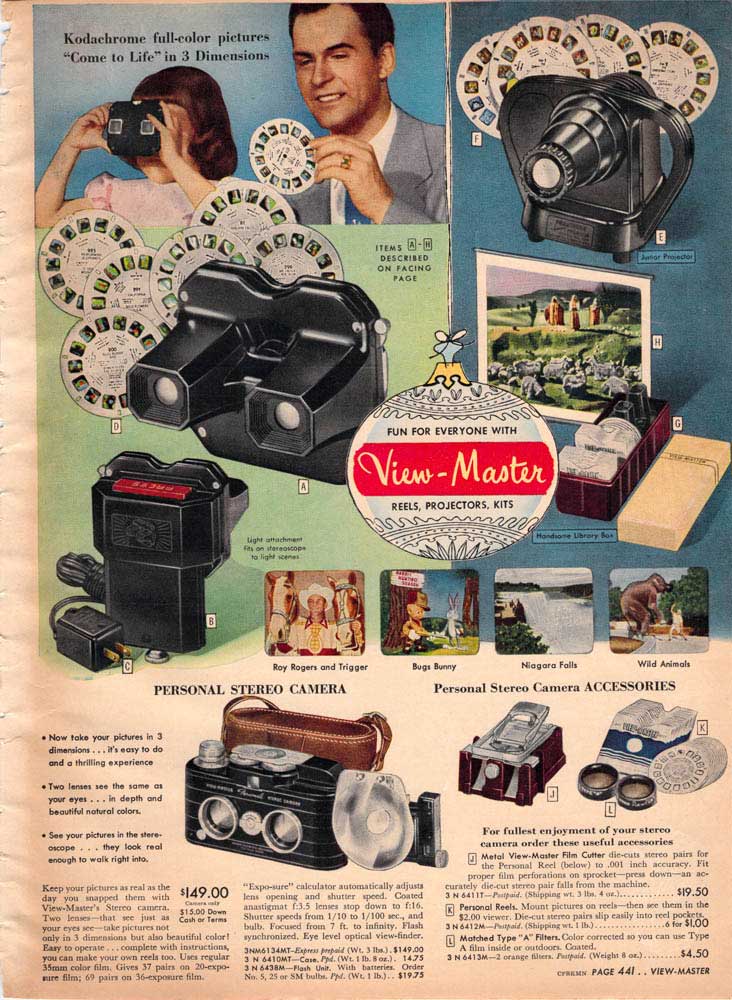
ViewMaster by Sawyer's (1939)
1939 - View-Master Reel 157, seven stereoscopic views of New York [image info] The View-Master 3D slide viewer was originally produced in the late 1930s, with it's disc-based format used as a way of delivering 3D slide views of tourist scenes.
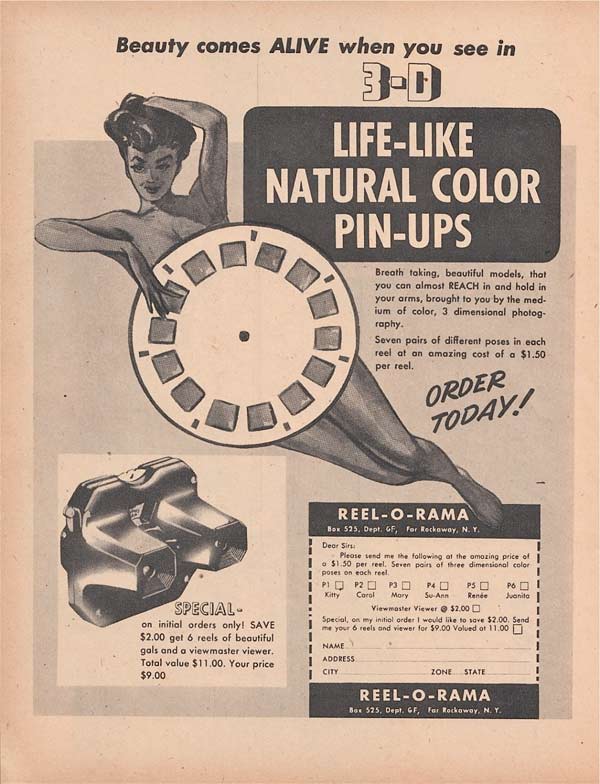
ViewMaster by Sawyer's (1939)
English. View-Master can serve as a window to the past because they published pictures staring in 1939. In addition a selection of older stereoscopic views were published as historical views. This article samples some of the history based reels. Viewing some of the pictures in the article in 3D may not seem to be 3D.
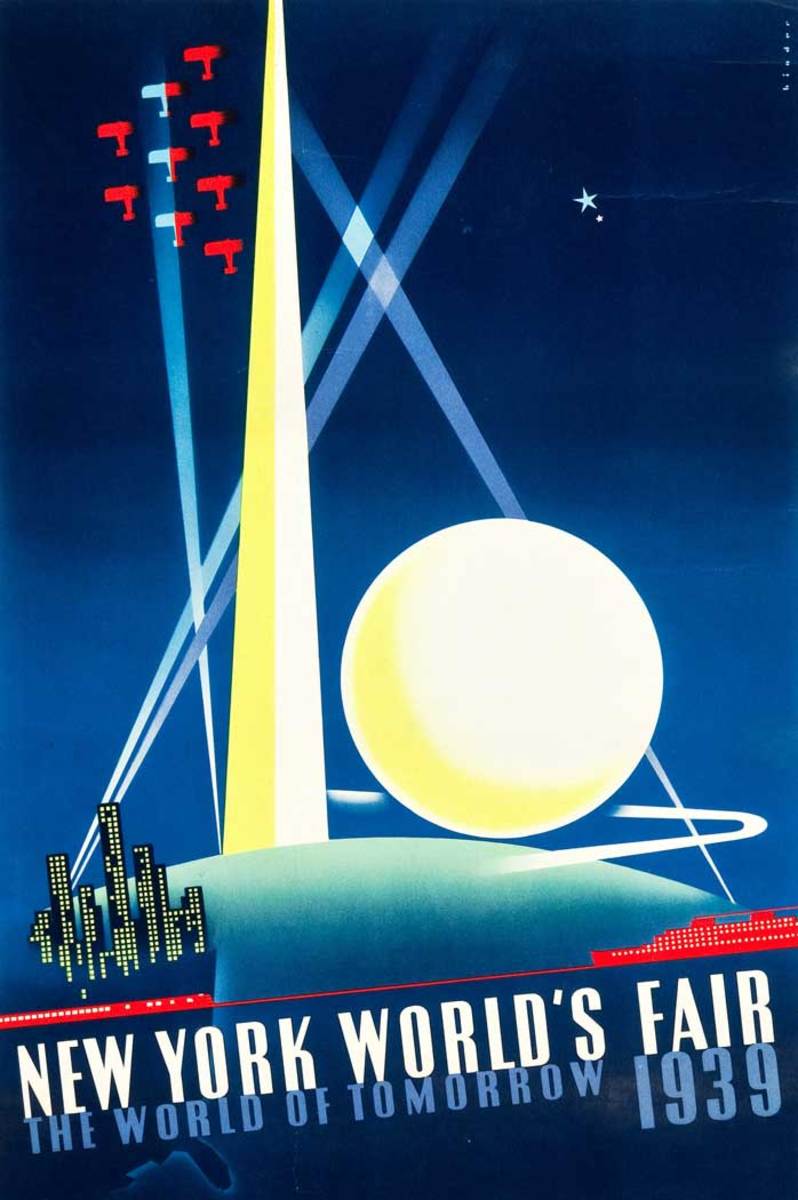
ViewMaster history and value Antique Trader
The plan was to have the View-Master ready for a 1939 debut at the World's Fair. Gruber's suggestion to source the lenses from Germany would have unintended consequences. With a money trail.
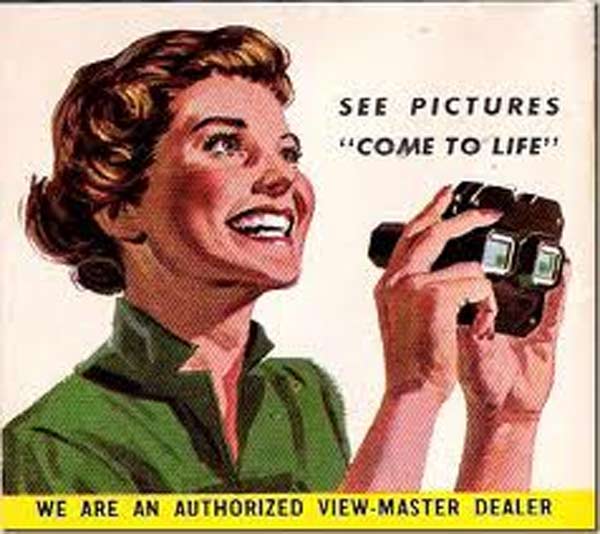
ViewMaster by Sawyer's (1939)
The first View-Master was introduced the following year, at the 1939 New York World's Fair. The two men then began selling their product through specialty photography stores; the earliest reels showed views of scenic attractions around the country.
.jpg)
ViewMaster 3D viewer, Sawyer (1939)
History The first View-Master prototype was developed by the Sawyer Photographic Company in 1939. Located in Portland, Oregon, the Sawyer Company mainly produced photo postcards and album sets as souvenirs to tourists but quickly started experimenting with the new Kodachrome color transparency film in different ways.

View Master 1939 lupon.gov.ph
View-Master was first introduced at the New York World's Fair in 1939 . Intended as an alternative to the postcard with 7 3D Kodachrome images, it was originally marketed through photo shops, stationary stores and scenic attraction gift shops. Today this tradition continues, but holds a back seat to subject matter aimed at a much younger audience.
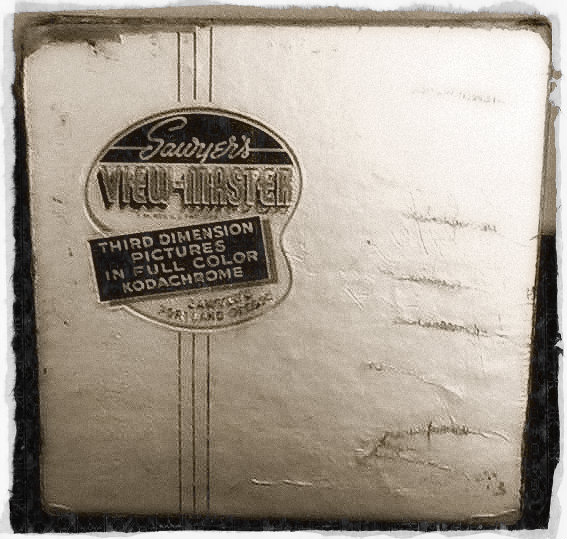
ViewMaster by Sawyer's (1939)
View-Master by Sawyer's (1939) While the View-Master didn't really take off as a popular toy until the 1940s, it was introduced at the World's Fair in 1939 and thus makes it into our 1930s toys category. Advertisement The View-Master was invented by Wilhelm Gruber to replace, or at least compliment, the every day postcard.

Il View Master (o visore 3D)
Welcome to the View-Master Database! View-Master is a unique 3D stereo picture viewing system that was invented and first commercially released in 1939. Since that time, more than one billion reels have been issued.
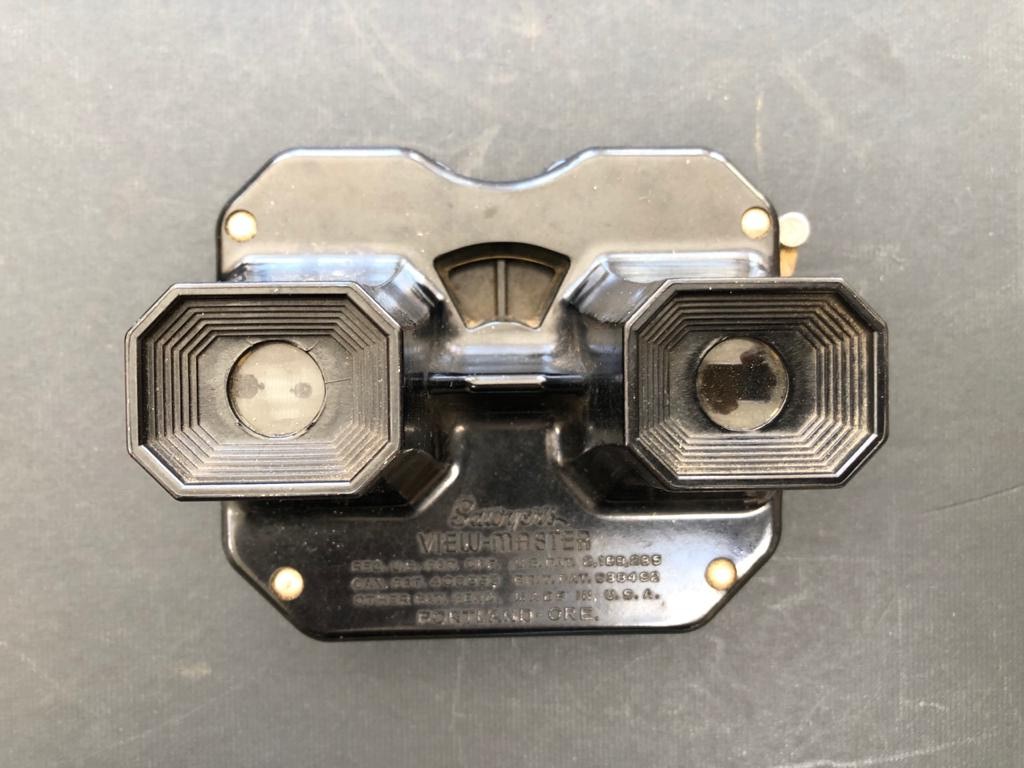
View Master 1939 ubicaciondepersonas.cdmx.gob.mx
The first View-Master made its debut at the 1939 World's Fair in New York, and the concept then remains as it is today: it's a special viewer for pictures that pop with depth and color. In the days before color TV sets (let alone mobile phones) were everywhere, these picture toys were incredibly popular — even though you can still buy them today!

View Master 1939 lupon.gov.ph
Each View-Master reel had seven different images on it. And to change…all you had to do was push down the lever. The world got it's first look at the amazing View-master during the 1939 World Fair in New York City and the 1940 Golden Gate Exposition in San Francisco.where it was sold as a souvenir.
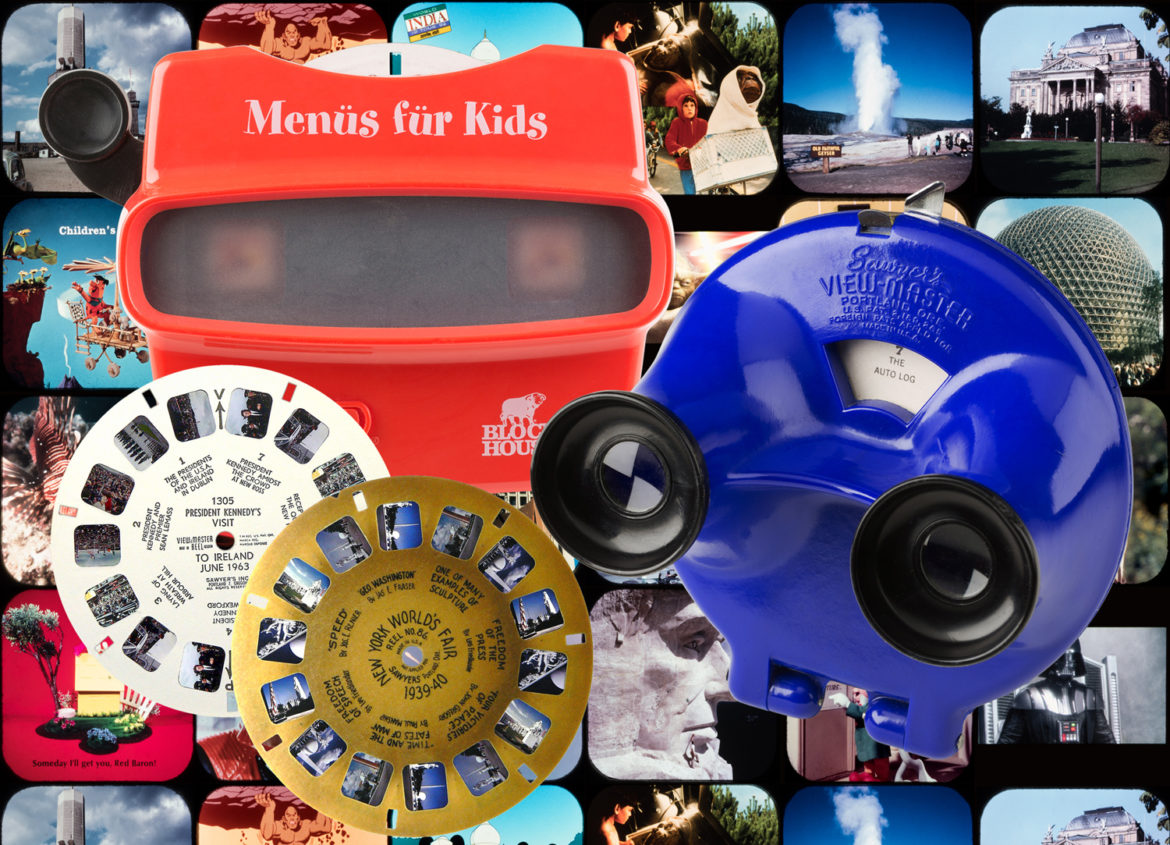
» Sonderausstellungen Freilichtmuseum Hessenpark
This competitor was bought by View-Master fairly quickly, and while they tried to release rectangular cards under the Tru-Vue brand (which scrolled through the viewers in a downward fashion rather than rotate), the alternative format lapsed.. By the time Portland-based William Gruber presented it at the 1939 World's Fair in New York, the.
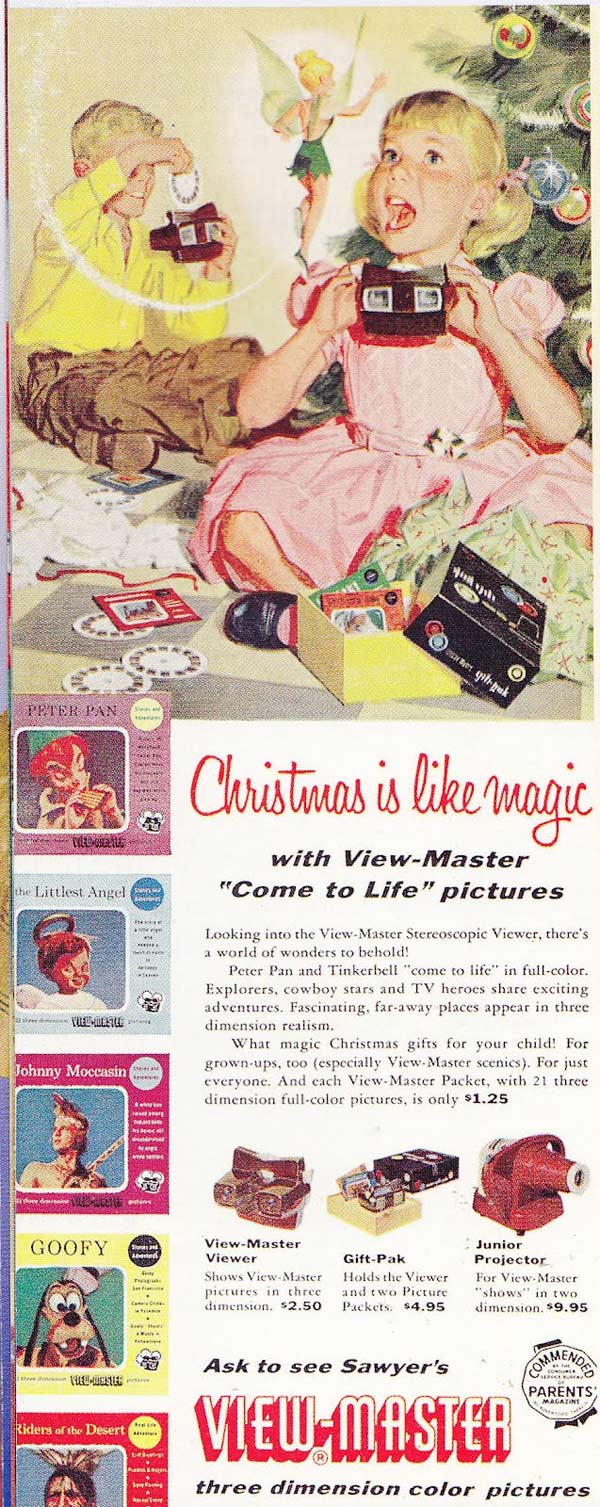
ViewMaster by Sawyer's (1939)
The view master was first introduced at the New York World's Fair (1939-1940.) Made by Sawyer's Photo Services, the device showed stereoscopic three-dimensional pictures. Originally intended as an educational device for adults, the view master soon become a popular children's toy. This example is a commemorative item from the Fair.

Mattel’s classic ViewMaster to a liveaction movie Daily Breeze
The View-Master was introduced at the 1939 New York World's Fair, just a couple of years after the invention of Kodachrome film. View-Master used Kodachrome exclusively until the late 1970s, and because of this, the vast majority of View-master transparencies retain their color and vibrancy over time.
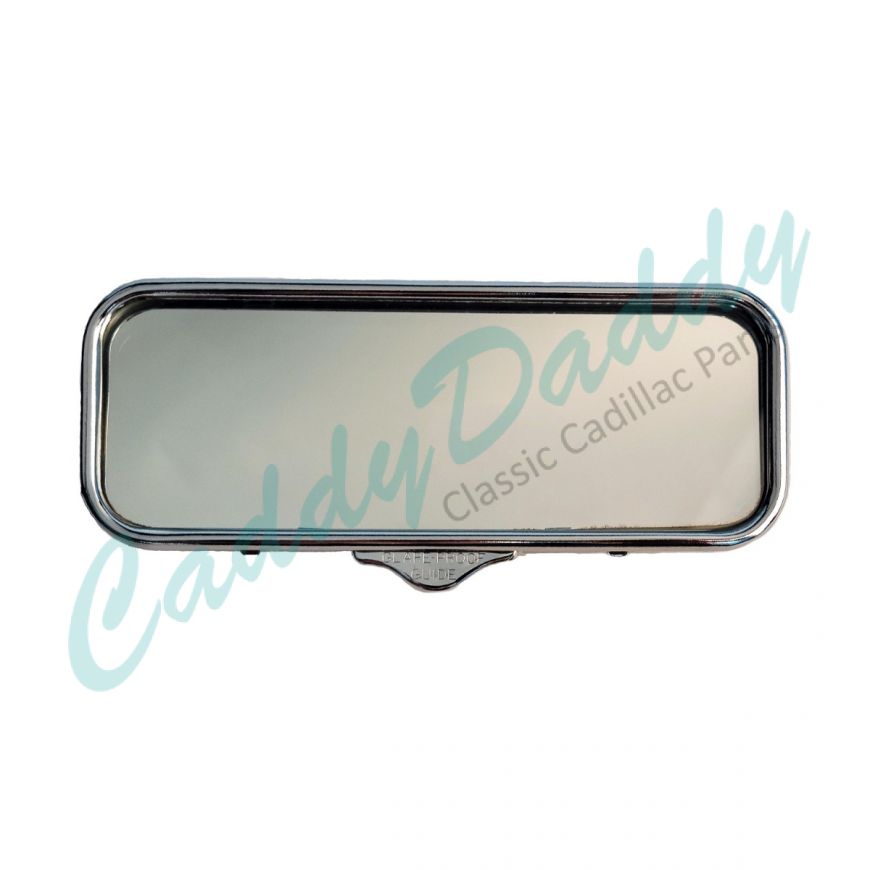
View Master 1939 lupon.gov.ph
Viewmaster (1939-Present) Viewmaster. Although not commonly associated with the stereopticons, the View-Master uses a similar type of technology to produce three-dimensional images. The View-Master was introduced in 1939 by the Portland-based Sawyer's Inc. Today the View-Master is owned by Mattel and is in the US' National Toy Hall of Fame.

Music & Movie History
The View-Master was introduced at the 1939 New York World's Fair, with the theme of the fair being "Building The World of Tomorrow." The theme focused on one of the last great ideals of the Machine Age, that science and technology were the vehicles for economic abundance and personal liberty.
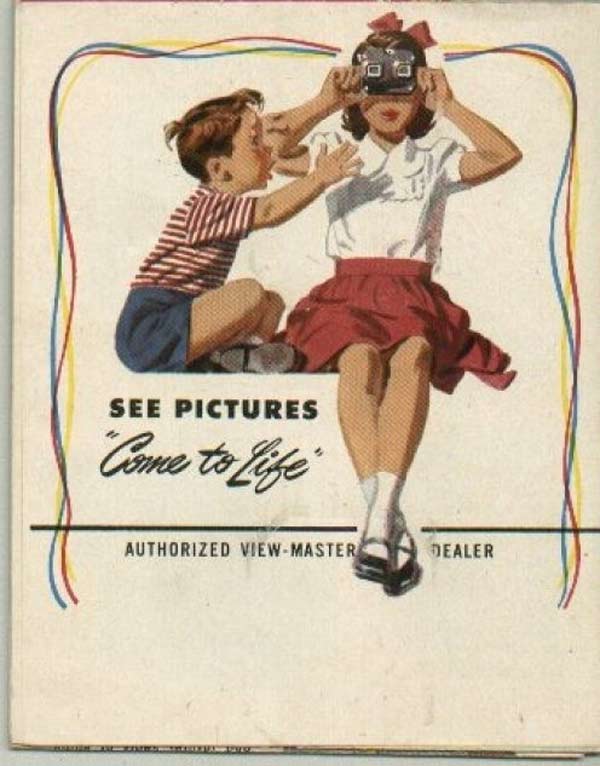
ViewMaster by Sawyer's (1939)
The View-Master system was introduced in 1939, four years after the advent of Kodachrome color film made the use of small, high-quality photographic color images practical. Tourist attraction and travel views predominated in View-Master's early lists of reels, most of which were meant to be of interest to users of all ages.